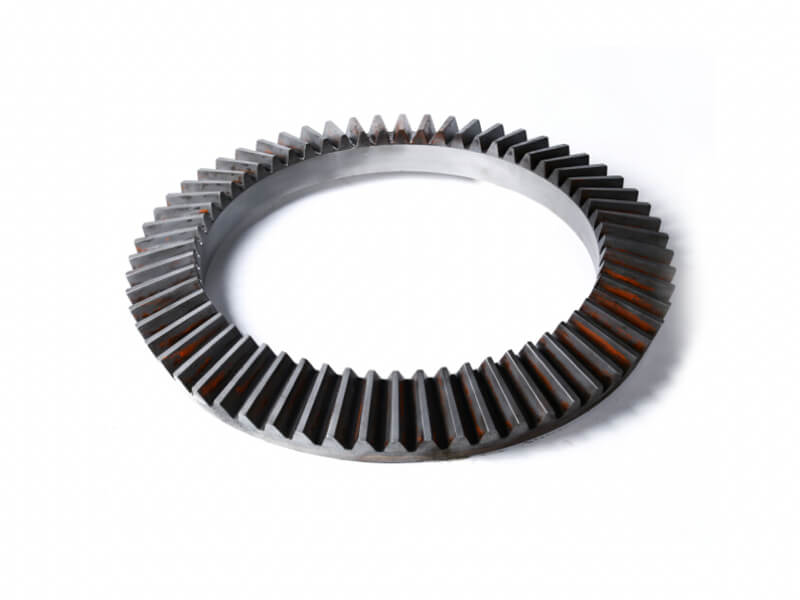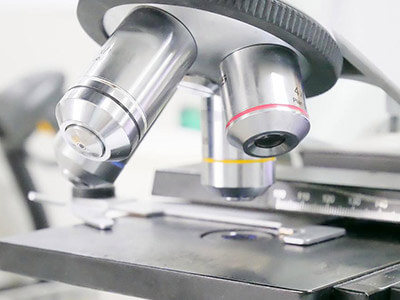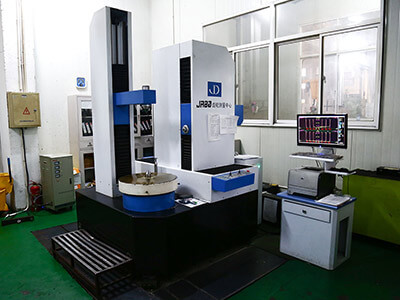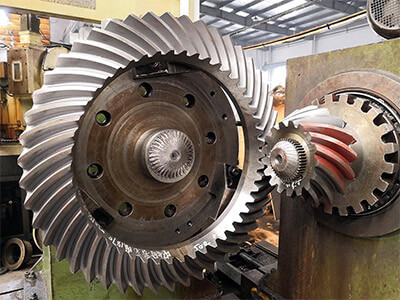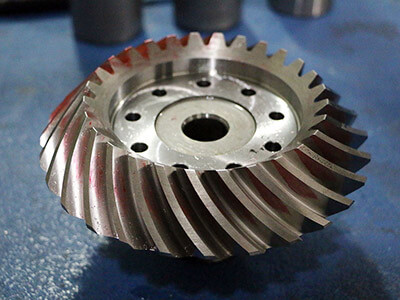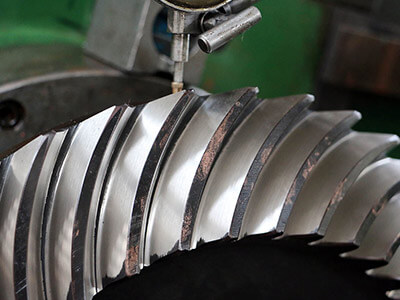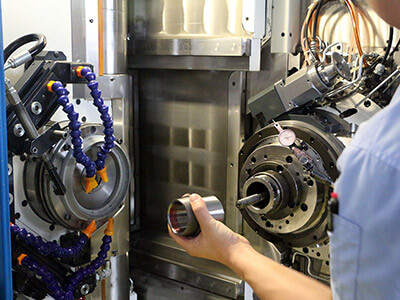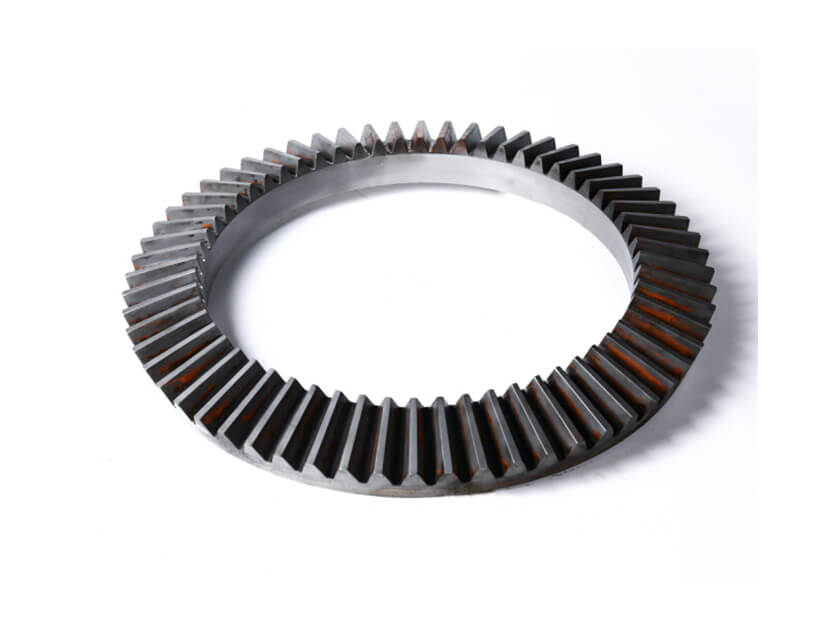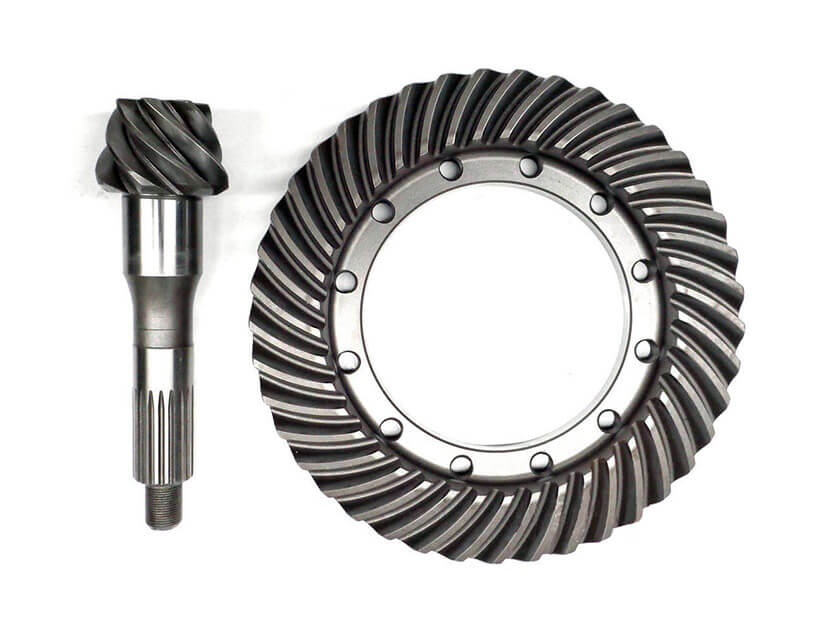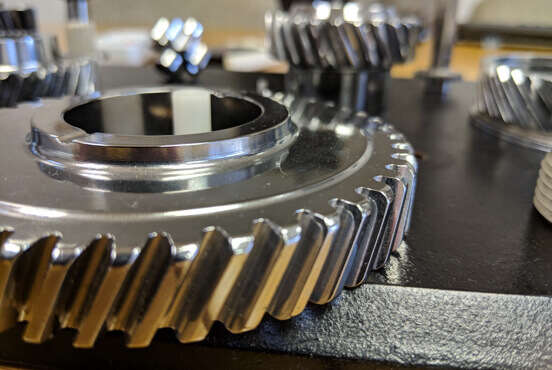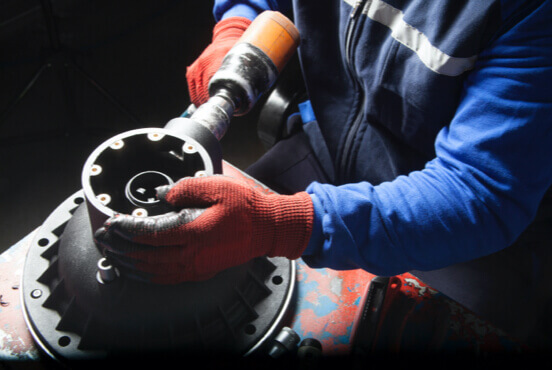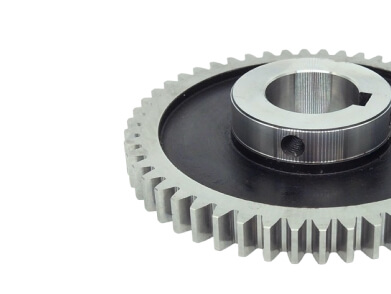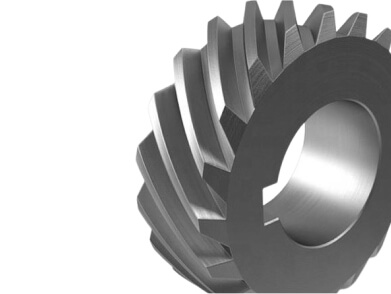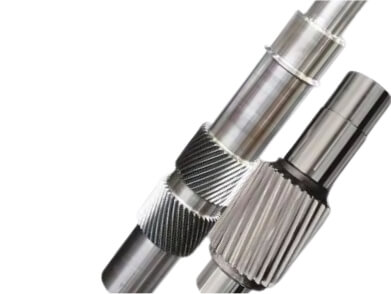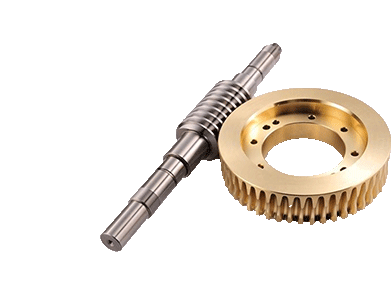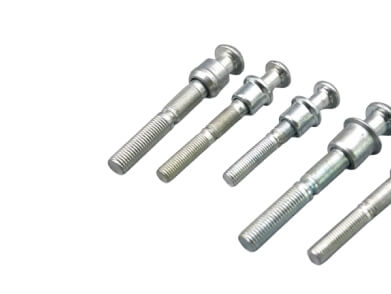Bevel Gear Description
Bevel gears are an essential component in mechanical systems, designed to transfer power and motion between shafts that are not parallel, typically at right angles to each other. Distinguished by their conical shape, bevel gears feature angled teeth that mesh smoothly, allowing for efficient torque transmission and enabling changes in the axis of rotation.
There are several types of bevel gears, including straight bevel gears, spiral bevel gears, and hypoid gears, each offering distinct advantages based on the specific requirements of an application. Straight bevel gears, for instance, are known for their straightforward design, while spiral bevel gears provide smoother and quieter operation due to their gradually engaging teeth. Additionally, their design allows for greater contact area, which enhances strength and durability. One of the key advantages of spiral bevel gears is their ability to operate at high speeds while maintaining stability and precision. Moreover, spiral bevel gears can be designed with different pressure angles and sizes to accommodate specific application requirements, allowing for flexibility in engineering solutions. Hypoid gears, on the other hand, allow for shafts to be offset and can support higher torque levels.
Different Types
Straight Bevel Gears
Straight bevel gears are known for their straightforward design.
Spiral Bevel Gears
Spiral bevel gears provide smoother and quieter operation due to their gradually engaging teeth.
Hypoid Gears
Hypoid gears allow for shafts to be offset and can support higher torque levels.
Manufacturing Method of Bevel Gear
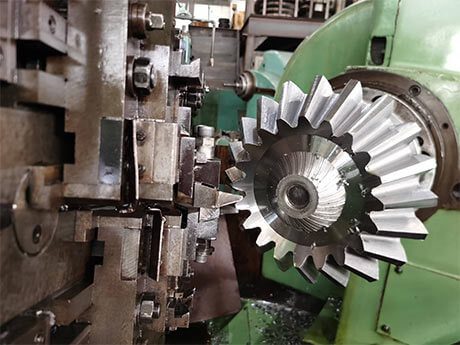
Gear Shaping
Description: Involves a shaping machine that uses a reciprocating cutter to remove material and form the gear teeth.
Advantages: Can produce gears of various sizes and tooth profiles; effective for low-volume runs and custom gears.
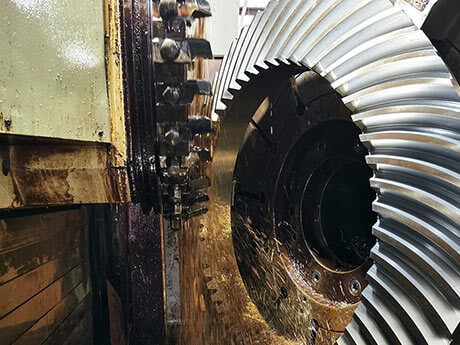
Gear Milling
Description: Uses a milling machine to cut the gear teeth. This method is often used for smaller gears or specialized shapes.
Advantages: Versatility in producing different gear types and sizes; can be used for both prototype and production runs.
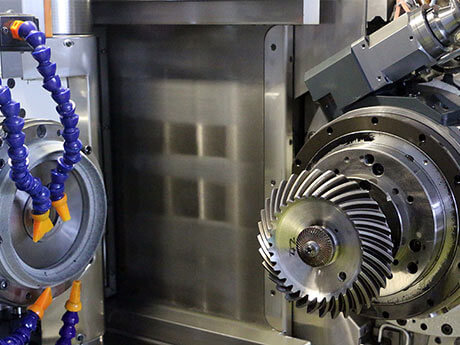
Gear Grinding
Description: Involves using a grinding wheel to refine the tooth profile and achieve precise dimensions and surface finishes.
Advantages: Provides high accuracy and smooth surface finishes; often used as a secondary process after hobbing or shaping.
Common Steel Code
Grades Comparison
| CHINA/GB | ISO | ГΟСТ | ASTM | JIS | DIN |
| 45 | C45E4 | 45 | 1045 | S45C | CK45 |
| 40Cr | 41Cr4 | 40X | 5140 | SCr440 | 41Cr4 |
| 20CrMo | 18CrMo4 | 20ХМ | 4118 | SCM22 | 25CrMo4 |
| 42CrMo | 42CrMo4 | 38XM | 4140 | SCM440 | 42CrMo4 |
| 20CrMnTi | 18XГT | SMK22 | |||
| 20Cr2Ni4 | 20X2H4A | ||||
| 20CrNiMo | 20CrNiMo2 | 20XHM | 8720 | SNCM220 | 21NiCrMo2 |
| 40CrNiMoA | 40XH2MA/40XHMA | 4340 | SNCM439 | 40NiCrMo6/36NiCrMo4 | |
| 20CrNi2Mo | 20NiCrMo7 | 20XH2MA | 4320 | SNCM420 | |
| 17CrNiMo6 | |||||
| 18CrNiMo7 |
Common Heat Treatment Process
Heat treatment is a controlled process used to alter the physical and sometimes chemical properties of materials, particularly metals. It can enhance properties such as hardness, strength, toughness, and ductility. Here are some common heat treatment processes:
01
Annealing
Purpose
To soften the material, improve ductility, and relieve internal stresses.
Process
Heating the metal to a specific temperature and then cooling it slowly, usually in air or in a furnace.
02
Quenching
Purpose
To increase hardness and strength.
Process
Heating the metal to a high temperature and then rapidly cooling it in water, oil, or air. This process can induce stresses in the material.
03
Tempering
Purpose
To reduce brittleness after quenching and improve toughness.
Process
Heating the quenched metal to a lower temperature (below its critical point) and then cooling it, allows for some of the internal stresses to be relieved.
04
Normalizing
Purpose
To refine the grain structure and enhance mechanical properties.
Process
Heating the steel above its critical temperature and allowing it to cool in air. This results in a uniform microstructure.
05
Hardening
Purpose
To increase hardness and wear resistance.
Process
Involves quenching, followed by tempering to achieve desired hardness levels, commonly applied to tool steels.
06
Case Hardening
Purpose
To harden the surface of a material while maintaining a softer, ductile core.
Process
Methods include carburizing (adding carbon) or nitriding (adding nitrogen) to the surface layer, followed by quenching.
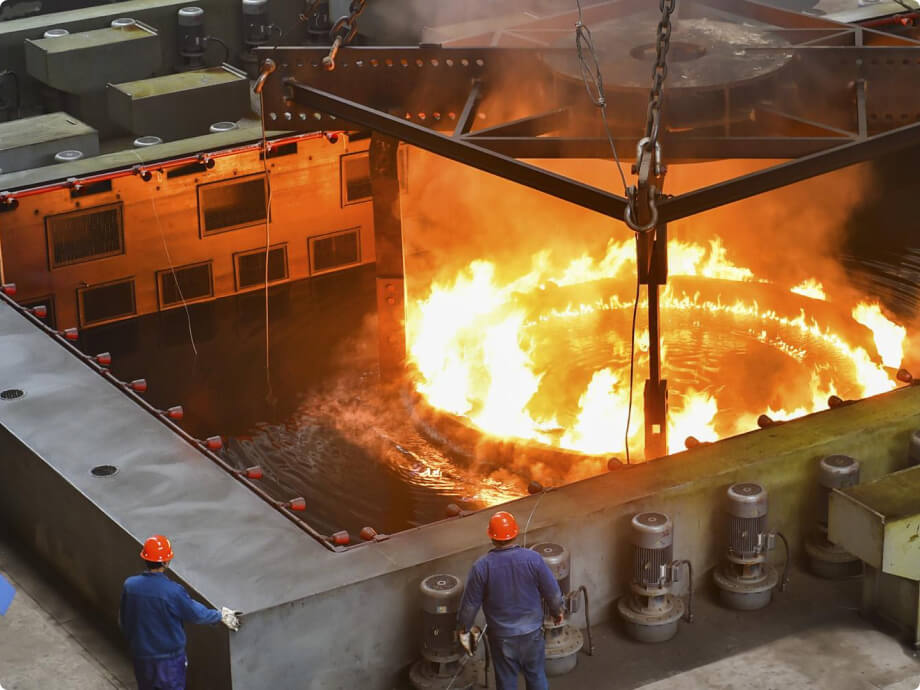

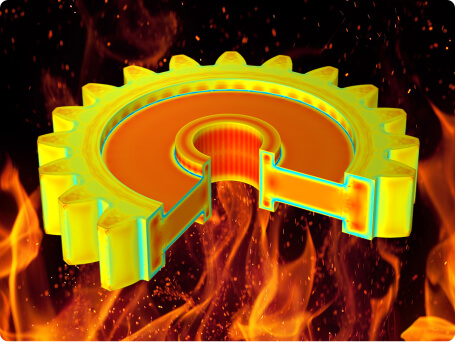
Manufacturing Capacity of Bevel Gear
| Item | Description |
| Gear Type | Gleason & Klingberg Bevel Gear |
| Module (m) | Max 35 |
| DP | 0.75 |
| Pressure angle (α) | 20 Deg |
| Helix angle (β) | 35 Deg |
| Number of teeth (z) | Custom-made |
| Facewidth (b) | 350mm |
| Profile shift coefficient (x) | Customized |
| Reference diameter (d) | Customized |
| Face width (b) | Max 2 Meter |
Quality Control of Bevel Gear
Quality control is essential in the manufacturing of bevel gears to ensure they meet specified standards and function effectively in their applications. The following are key aspects and methods used in the quality control process for spur gears:

